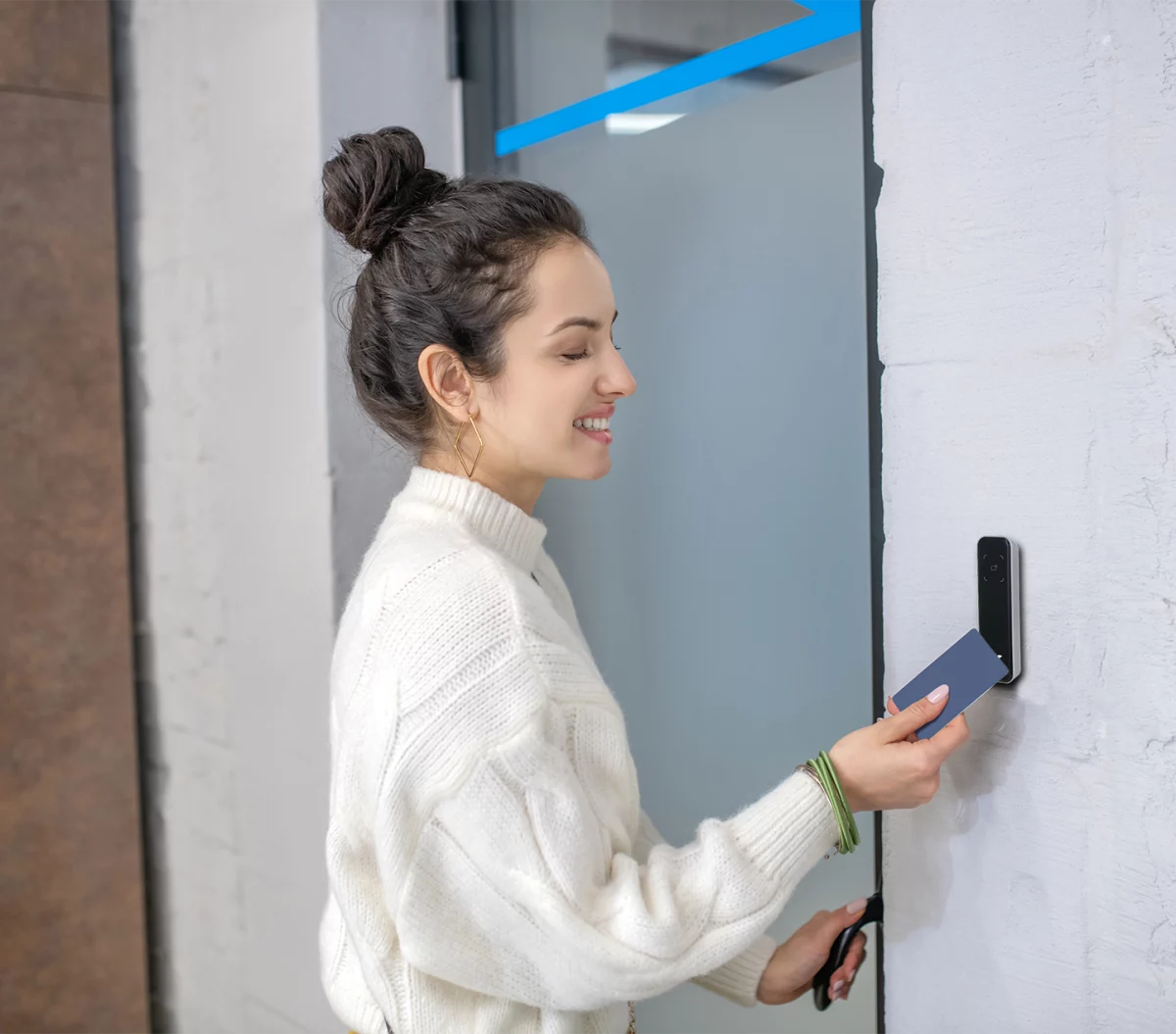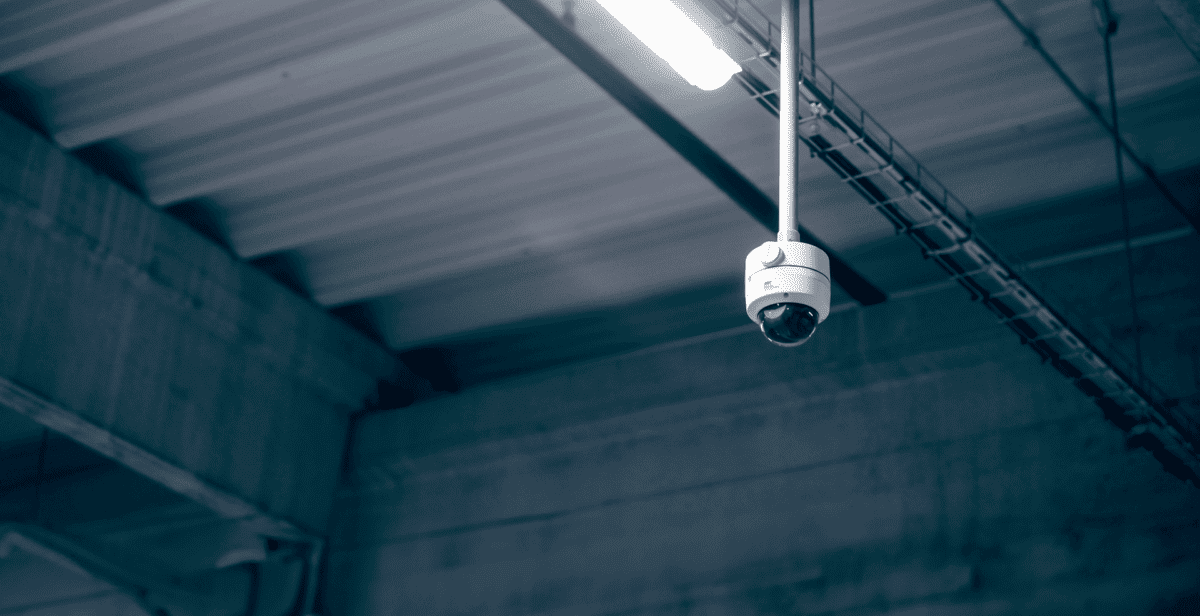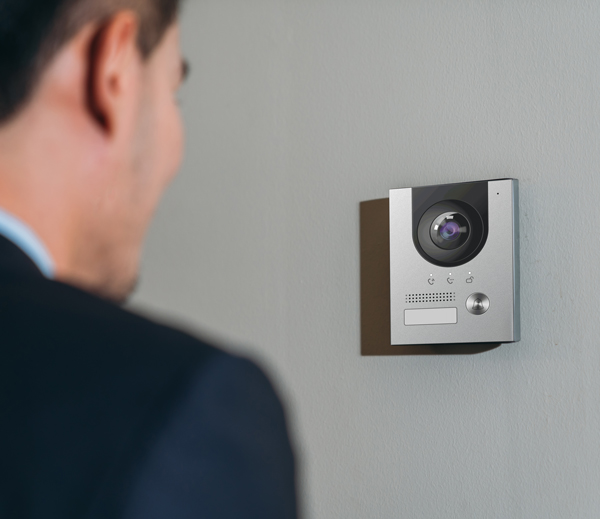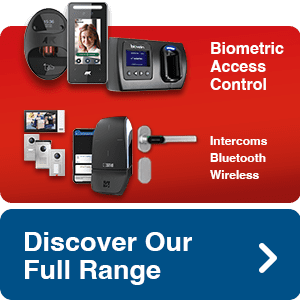
Childcare: Play safer with biometric access control
Biometrics are now a part of everyday life for most people. You may well own a mobile phone that you unlock using your fingerprint or use a smart speaker in your home which response to voice commands. But have you ever thought about using biometrics in your business?
A Department of Education survey undertaken in 2018 showed that 75% of families in England with children aged 0 to 14 had used some form of childcare during their most recent term-time week. This equated to 4.2 million families or 6.0 million children using formal childcare in a year. There were an estimated 80,000 providers offering 2.8 million Ofsted registered childcare places in Spring 2018. That’s a massive number of businesses for whom childcare security is a paramount concern.
Being safe matters
As a parent, you always want to know that your child is going to be safe if you are not around to care for them. Many families now have two parents who work, so childcare is a necessity. A nursery or creche is often the first environment children experience without their parents, so it has a massive impact on that child’s experience of the world and how they learn and grow. Parents always have many questions when it comes to choosing the right childcare. Cost, cleanliness, staff experience, curriculum, activities, toys and resources are among the most common ones that are asked. But many parents don’t think to ask about the childcare security measures. Or if they do, they possibly don’t realise the flaws that are inherent in pin pads, key fobs and locked doors.
Pin pads, key fobs and locked doors
A lot of nurseries use a pin code pad entry system. A pin code access control system might seem like a good security measure, but it’s one that is prone to mismanagement. No matter how frequently the pin is changed, and often they are not, there’s always a chance that the number is abused. If you don’t change your pin code regularly (ideally once a week), and keep a written record, then ex-employees, parents or even the postman could end up with it. It’s very easy when you’re in a rush, to give the pin code out to someone else for ease, and then forget that you did so. The problem is made worse by the fact that no manager (no matter how organised) can be confident that any person who has the code, has not given it to someone else, whether inadvertently or not.
It could be argued that key fob systems are even more insecure than keypad systems. Fobs are notoriously easy to lose or misplace. They are easily lent out, borrowed, misused or stolen. In every case where a replacement fob is needed, there is the risk that the lost fob may have fallen into someone else’s hands (and it’s virtually impossible to find out who that might be). Replacing lost fobs costs time and money.
There are some nurseries who still operate using a locked door policy. Unless you have a reception area which is constantly staffed, operating a locked door policy is very time consuming and not particularly safe. Even is a small nursery, limiting access control to one or two staff members with a key is not practical. Not only do children within the nursery have to be left if a staff member has to open the front door, but that staff member is at risk too from a potential assault or forced entry.
Gunmen and wandering children
Most of us want to think that nurseries are going to be some of the safest places we can leave our children. But nurseries can have superb staff, play facilities and excellent safeguarding, and still get the fundamentals of security wrong.
If a child escapes, or a more serious incident such as an abduction or assault happens, the nursery risks a bad Ofsted report, negative press coverage or even a legal battle. There are many recorded incidents of children escaping from nurseries, either because staff had failed to notice them, they were missed in headcount or because doors were not secured. Worryingly, in many cases, the staff had no idea anything had happened until the child was located and returned to the establishment.
In a potentially more dangerous case in 2017, a gunman walked into a nursery in Wavertree, outside Liverpool. Luckily the nursery had a biometric security system, which stopped the man getting beyond the entrance. These incidents beg the question, should all nurseries use biometric access control to prevent children escaping and unauthorised entry?
What the government says
Ofsted’s “Early Years: Safe and Sound” (2006) report states that outstanding providers investigate any accidents, rehearse safety procedures and have ‘very effective measures in place to ensure the premises are secure and that children are collected only by authorised adults’. Quoted from the report;
“A new biometric system on entrances and exits ensures that only parents and staff whose fingerprints are registered on the system can gain access to the nursery… Parents registered with the nursery can enter and leave while staff continue to concentrate on caring for the children.”
This is very sensible advice but there are still many nurseries who rely on pin code pads, key fobs or locked doors. The reasons for this are usually a lack of understanding as to what biometrics have to offer, a perception that biometrics are expensive and worries over the impact of GDPR.
Let your finger be the key
Biometric access control systems replace the need for less secure methods of accessWith a biometric fingerprint reader, you decide who can access your nursery. You have complete control over who enters and when. You can grant short term admission, restrict access to certain days, dates or even times, and add or remove access easily. Registering someone onto the system is quick and painless and takes less than a minute.
You can also control access to specific parts of your building by using more than one fingerprint reader. For example, if you have a reader on your main entrance door, one on each of your internal doors and one on your main office door you could allow parents to enter only the reception area at drop off and collection times. Staff can be given access to teaching rooms and managers access to everywhere including the main office. This is the beauty of a biometric system – complete control as is suited to your business.
Childcare Security and Data Protection
Biometric fingerprint readers are widely accepted as being one of the most secure forms of biometric access control. Unlike the ways in which biometrics are portrayed in movies – such as Demolition Man, Alien Resurrection or Blade Runner – fingerprints cannot be lost, stolen, duplicated or changed as long as you choose your supplier carefully. Cheaper biometric readers can take a picture of your fingerprint and store it – this can then lead to a data breach. Good quality readers identify unique points on your finger and then turn this into a binary code which can’t be backwards engineered into a photo of your fingerprint. Any potential supplier should be able to tell you how their fingerprint readers and software encrypt data and whether they are compliant with GDPR data regulations
Almas Industries biometric fingerprint readers meet the highest standards of security, combining cutting edge technology with the best biometric components. We are very proud of our fingerprint readers which we design ourselves in France and are manufactured entirely within Europe using best in class components. We use patented encryption technology with a highly accurate algorithm, which never captures or stores a complete image of a person’s fingerprint. Furthermore, it’s not possible to use any fingerprint data outside of the system. This means that the system is protected against hacking.
If you are thinking of implementing a biometrics solution you need to undertake a security audit. This will identify if there is a need for such technology and what the benefit will be to your business. We can advise you of your responsibilities under GDPR and can provide a range of tools to help with security compliance.
Tanya Schorman has been a customer of Almas Industries since 2015. Her nursery in Dublin, KidBiz has several biometric fingerprint readers which control access to her nursery. She chose a biometric system because she was concerned about the safety of the children she cares for:
“When we started an after-school service, the eldest children began to read the latch of the door. I wanted something that they could not access. Almas approached us and their biometric system solved the problem completely. The children cannot open the door as their fingerprints are not on the system. The parents really like the system and are impressed by how easy it is to use once set up. I get security and peace of mind knowing that people who are not registered cannot enter the building”.
Much better safe than sorry
In today’s fast paced world, it’s much better to be safe than sorry. Biometric access control systems are one of the most secure systems available – an investment which not only improves security but saves time and money too. Our biometric systems are scalable, easy to use and we offer a range of payment options to suit all sizes of business. Our customers have access to a technical hotline 24/7 and providing excellent customer service is a priority.
Contact the team at Almas Industries today to discuss biometric access control, biometric readers, or facial scanners for your business. You can arrange your free, no-obligation security survey by calling us on 0333 567 6677 or dropping us an email to [email protected].
This article appears in the Spring issue of the ChildCare Club Magazine.
Find your next opportunity in childcare here.




